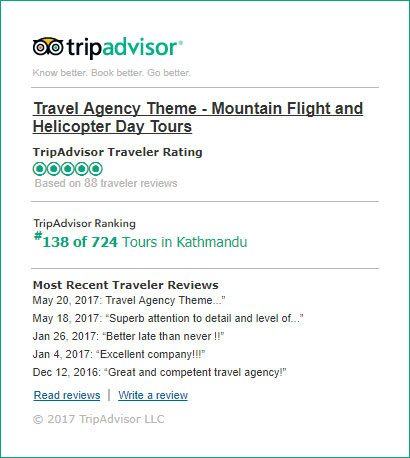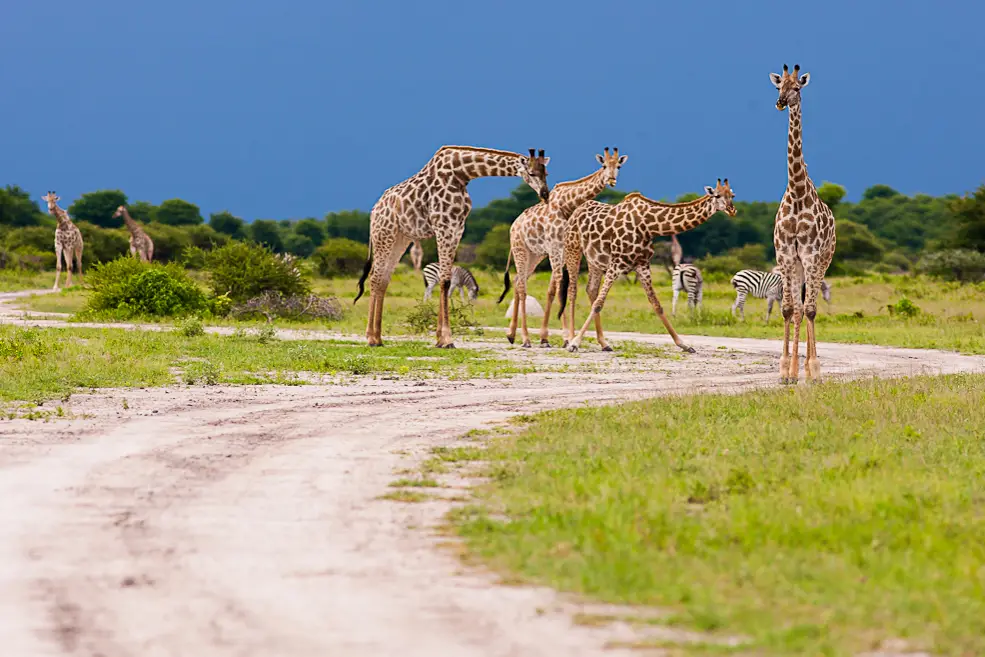Visit: Khartoum – Napata – River Nile State
October – April
7 days/6 nights
Private Tour
Accommodation: Hotel – Rest House – Luxury Camp
Sudan Overview
This 7-day journey through Sudan offers a rich exploration of the ancient Nubian kingdoms, from the Christian ruins of Old Dongola to the pyramids of Meroe and the sacred mountain of Jebel Barkal. Traveling along the Nile and through the desert, you’ll visit royal necropolises, temple complexes, and UNESCO World Heritage sites. The trip concludes with a cultural immersion in Khartoum, blending ancient history with modern Sudanese life.
Highlights
- Ancient Nubian Pyramids & Temples
- UNESCO World Heritage Sites
- Desert Landscapes & Nile River
- Cultural Exploration in Khartoum
Itinerary
Private transfer from airport to hotel – choice of 3, 4, or 5 star hotel.
This morning we start early to drive north across the Western Desert on a good tar road till we reach the Nile. Cross at Ed Debba. We continue on the road along the Nile to visit the site of Old Dongola, the old Christian capital of the Makuria Kingdom. Then cross the Nubian Desert to reach the town of Karima late in the afternoon.
Picnic lunch included
Dinner and overnight at the Karima Nubian Rest House
Drive to the village of El Kurru to view the necropolis of the ancient capital, Napata. Visit one of the two tombs, which are excavated in the rock under pyramids – partially collapsed – and totally decorated with images of the Pharaoh, gods and multicolour hieroglyphic inscriptions. Not far from here there is an interesting site of petrified wood, an ancient forest with hundreds of huge trunks.
A major landmark in the Nubian Desert, Jebel Barkal “Jebel” means mountain in Arabic, and can be seen from a great distance whilst still in the open desert. At the foot of this wonderful and isolated red sandstone mountain, considered holy since the ancient times, there is a big temple, dedicated to the Pharaohs of the New Reign and to their patron, Amon. Amon’s ancient “Pure Mountain”, the Olympus of the Nubians, was the religious heart of Nubia for more than 1000 years. Besides the ruins of the big temple there are still several sculptured granite rams that were supposed to border a long avenue that probably led to the pier on the Nile. In the mountain there is a big room decorated with bas-relief. The Jebel Barkal archaeological sites are on the World Heritage list.
Lunch at the Nubian Rest House in Karima
Dinner and overnight at the Karima Nubian Rest House
This morning a brief visit the archaeological site of Nuri where there are many pyramids, including the great Taharqa. Then enter the Bayuda Desert. This desert is an area surrounded by the huge loop that the Nile forms between the 4th and the 6th Cataract. It is characterised by sharp black basalt mountains, most of them volcanic and typically cone-shaped. They alternate with level pebble stretches and large valleys crossed by dry wadis, where little vegetation can be seen. You should see isolated groups of Bisharin nomads, who live in family groups in small huts made of intertwined branches close to the rare water wells, with their caravans and herds of camels and donkeys. Leave the main road ant cross the desert, stopping at a well where nomads gather water for their herds of camels and goats. Cross the Nile on a local ferry boat (ponton), before a short drive takes you to the Pyramids of Meroe.
Picnic lunch included
At sunset time we will reach the Royal Necropolis to enjoy an astonishing view over this UNESCO World Heritage Site.
Dinner and overnight at Meroe Camp
Morning is dedicated the Meroe pyramids. The Royal Necropolis of Meroe is located about 3 km from the Nile on some hills covered by yellow sand dunes. Several pyramids stand out with their sharp shapes against the clear sky. Each one has its own funerary chapel with the walls fully decorated with bas-reliefs that show the King’s life and offers to the gods. Visit the Tarabil school (if open), that we support as part of our responsible tourism policy. Coffee break at the local village of Kabushia. In the afternoon it is not possible to visit the ruins of the Royal city (which was closed by UNESCO to evaluate the condition of the damage done by the flood of the Nile) so instead you will visit the Sun temple, the Western Necropolis and the Quarries of the Meroitic civilization instead. Sunset at the Pyramids.
Lunch at Meroe Camp
Dinner and overnight at Meroe Camp
After breakfast begin the journey southward. The site of Mussawarat is located in a beautiful valley crowned by hills. Here the ruins of a very big temple are visible; it once played an exceptionally important role. Its main characteristic, the “Great Enclosure” is made by many constructions and boundary walls which surround a temple built in the 1st century A.D.
Continue on to Naga which is one of the two centres that developed during the Meroitic period. In Naga, (a typical Saharan environment with rocks and sand), we find a temple dedicated to Apedemak (1st century A.D.). It’s a magnificent building with bas-relief decorations depicting the god with a lion’s head, the Pharaoh, noblemen and several ritual images. A few metres away there is a small and odd construction with arches and columns, named “kiosk”, in which there are a mixture of Egyptian, Roman and Greek styles. Not far away is another temple dedicated to Amon with many statues of rams, and beautiful gates decorated with bas-reliefs. In the evening reach Khartoum. Drop off at your hotel.
Picnic lunch included
Overnight at the Acropole Hotel 3***
Alternative: Grand Holiday Villa Hotel 4**** instead of Acropole Hotel
Alternative: Corinthia Hotel 5***** instead of Acropole Hotel
After breakfast cross the confluence between the Blue and the White Nile near the Presidential Palace – where in 1885 General Gordon was beheaded by the Mahdi’s troops. Visit Omdurman, the old capital of Sudan, where you can see the Mahdi’s Tomb and visit the interesting Khalifa’s House which holds a small museum about the Mahdyia (in 2022 this museum is closed for refurbishment). Then take boat ride to see the confluence between the White and Blue Nile. In the afternoon visit the National Museum (at the present: 2022, the inner part is closed for refurbishment, we should be allowed to visit the temples in the garden) that, besides many beautiful objects, contains two beautiful temples rescued by UNESCO and moved from the Lake Nasser area, when it was flooded by the water.
On Fridays only, you can see the Dervish ceremony on the outskirts of Omdurman.
IMPORTANT NOTE: The order of the visits in Khartoum might change according to opening hours of the museums or moved to another day.
Lunch in a local restaurant in Khartoum
Return to hotel – evening at leisure
Transfer to the airport is included.



Write a Review